Keyboard Effects in Worship – Soft pads and String sounds
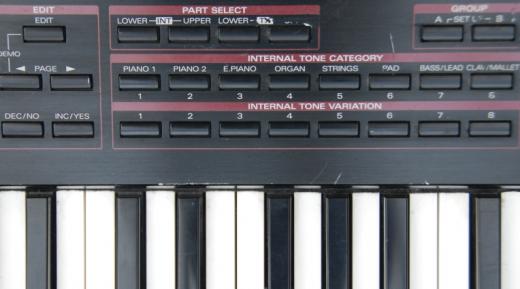
It’s quite common to end
up using only a few sounds, particularly the traditional piano sound, in a
worship setting, and this may not necessarily be a bad thing, however it’s
important for all musicians to know the role they are playing in the band and
this information should always inform the way that we play. For a keyboard
player this knowledge should also affect the sounds that we select and the way
that we use them. Another important consideration is the ‘mood’ or movement of
worship that we are seeking to support. Here are some short descriptions of
different sounds and occasions when they may be appropriate during worship.
This is not by any means an exhaustive list and you can find more
information together with demonstrations of playing style.
One of the most commonly
used sounds is a soft pad. This is a mellow, sustained sound which
is very comfortable sitting behind the texture and adding some depth to the
sound. It can be useful when layered (combined) with a piano or electric piano
sound in order to allow more sustained chords to be played as the voice will
not decay in the way that a piano does. When using this type of sound it is
extremely important to take your foot fully off the sustain pedal between
chords in order to avoid sustaining chords clashing with one another. This
voice is particularly appropriate for quiet, slower songs and for improvised
playing in between songs. You may also want to use the sound without a piano
over the top if the worship leader is likely to speak or pray over the top of
your playing.
An alternative to using
a soft pad is something like a glass organ or glass
pad sound. I can best describe this as being more ‘shimmery’. This is
another sustained sound but is much more focused on higher frequencies and
provides a thinner sound than the soft pad. It should be used with care and at
a low level as it can interfere with vocal frequencies but, when used well, it
can be very effective in giving a slightly transcendent feel to the music.
String sounds are another
commonly used effect. People often use these in the same way as pad sounds –
i.e. for playing chords or for layering with a piano. This is fine but you may
find that a better use of these slightly more cutting sounds is to pick out a
countermelody (possibly in octaves). If you listen to commercial recordings
that use string voices or a string section you’ll often find that they play a
melodic line rather than just chords. Try to save this kind of thing for
choruses or louder verses as too many lines from the beginning of a song can be
extremely tiring on the ear. It may be surprising to hear, but these lines are
often as appropriate in fast songs as they can be in more reflective pieces –
you just need to play in a more punchy manner!
With all of the sounds
above it can be useful to play with only your right hand (unless combined with
a piano). This will accomplish two things. Firstly, you will leave the bass
line to the bass player and ensure that this area of the sound doesn’t become
too congested and secondly, you can use your left hand to ‘ride’ the volume
control. In a recording studio you would record everything at a high level and
leave mixing it to the professionals, but in a live environment we will need to
control volume so that we can remain sensitive. Often less is more both in
terms of notes and overall volume – it’s certainly better to use these sounds
slightly too quietly that straying into higher volumes which could overpower.
You can also use the volume control to bring out the second half of a long note
whilst the melody is sustaining a note which can be quite a neat effect as long
as it’s done sensitively.
One thing to be aware of
if you are mixing pads and strings with a piano sound is that it can become
very addictive. The sound of a piano together with one of these other voices
will be much richer and it can sound very thin when you revert back to just
piano. This is a good reason to keep the levels of supporting sounds under
control and force yourself to play simply with just one sound some of the time
– variety is, after all, the spice of life.
Overall, you are likely
to be able to use more synthesised sounds when you are not going to be relied
upon to provide rhythm and drive for the band. If you have one or more guitars
together with bass and drums driving your band then you will be able to steer
clear of too much piano which could congest the mix. If you are required to
drive the sound you will need to rely much more upon piano and electric piano
to achieve this but don’t be afraid to experiment with playing a verse or
chorus of slower songs with just pad sounds to create a different effect.
The most important thing
is to know what you’re doing and how you’re going to do it before you get into
the service. Experiment at home, get to know your keyboard sounds and try them
out at a rehearsal when others can give you feedback and help you along the
way. Make sure that you’re confident changing sounds (and the balance of
different sounds) on the fly so that you don’t suddenly get a huge swell of
strings at the wrong moment. A lot of this kind of playing is down to
confidence and you can only develop this by having a go – so why not start now?
Keyboard Effects in Worship – Soft pads and String sounds
![Keyboard Effects in Worship – Soft pads and String sounds]() Reviewed by Admin
on
5:08:00 PM
Rating: 5
Reviewed by Admin
on
5:08:00 PM
Rating: 5

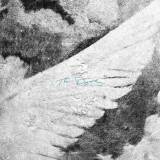



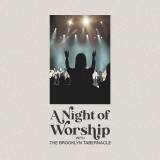
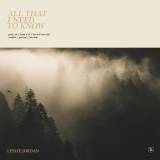
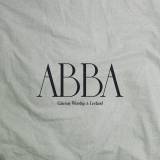








Post a Comment